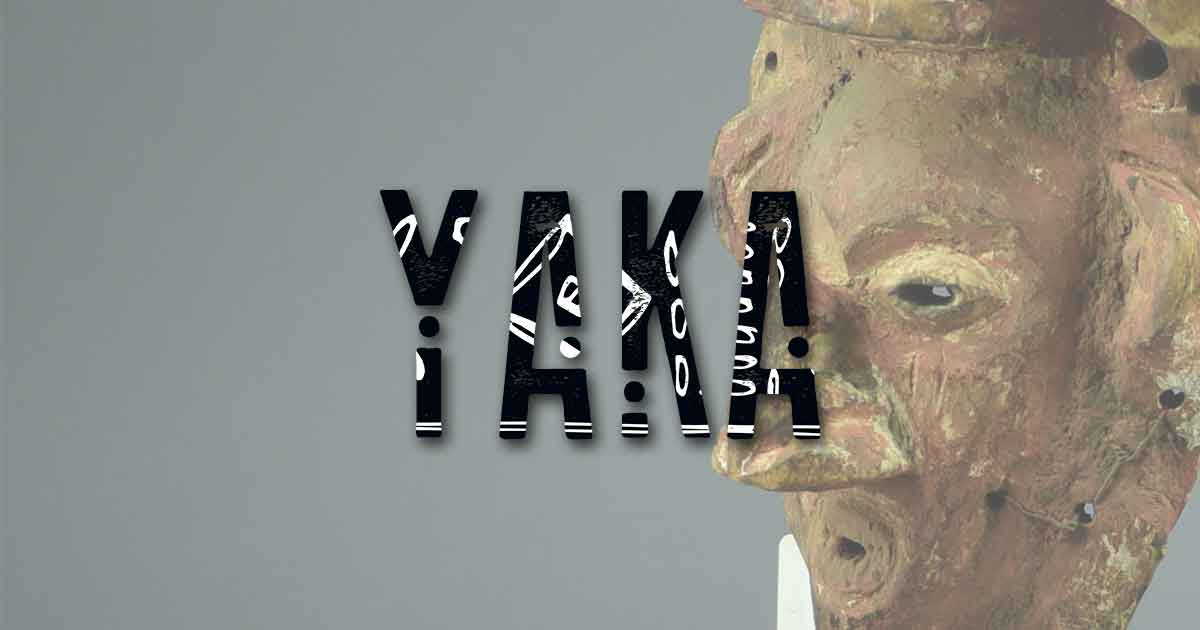Bena Lulua People
Bena Lulua People
Guardians of Guardians of Tradition and Artistry
Nestled within the lush southern lands of the Democratic Republic of the Congo, the Bena Lulua people stand as guardians of a cultural tapestry woven with resilience, artistry, and ancient traditions. Renowned for their intricate artistic expression and close-knit community structures, the Bena Lulua have long captivated the imaginations of scholars, collectors, and cultural enthusiasts around the globe. This in-depth exploration aims to uncover the rich heritage of the Lulua people, from their distinctive wood carvings to their complex social systems, shedding light on a community that has thrived in the heart of Africa for centuries.
The Tapestry of Bena Lulua Society
The Bena Lulua, a heterogeneous collection of ethnic groups, are geographically positioned amid larger societies such as the Luba, Songye, and Chokwe. Despite their small numbers, the Bena Lulua have forged a unique identity, marked by principles of communal living and shared labor. The tenets of Lulua society are rooted in agrarian practices, where men clear the land and women tend to the staple crops, fostering a symbiotic relationship with the earth that sustains them.
At the heart of Luluan communities lies a caste-based structure, with chiefs emerging from noble lineages to guide their villages. This intricate web of governance extends to the national stage, where a select council of clan leaders collaborates with regional chiefs to oversee Lulua affairs. The blend of centralized authority and localized autonomy exemplifies the cultural balance that the Bena Lulua have maintained.
Art as Heritage and Spirituality
To know the Bena Lulua is to appreciate their art, an integral part of their identity that intertwines with their religious practices and daily life. The Bena Lulua are master carvers, their craft echoing through the annals of art history with pieces that resonate on both spiritual and aesthetic levels. Each sculpture, adorned with intricate scarification patterns, harbors a narrative—a reflection of the spiritual protection sought by the community.
The people of the Bena Lulua region engage in artistic pursuits that date back centuries, with traditions dictating the role of each piece. The renowned fertility cult, ‘Bwanga bwa Cibola,’ is celebrated through carvings that safeguard childbirth and honor the cycle of life. Their skillful execution of woodcarvings and masks attest to a level of ingenuity and craftsmanship that transcends mere decoration, offering a glimpse into the profundity of Lulua beliefs and rituals.
Interactions and Influence
The Lulua narrative is one of interaction and exchange, marked by migrations spurred on by neighboring cultures such as the Luba and Chokwe. Each encounter fueled an artistic evolution, leaving a lasting impression on the Lulua’s style and societal dynamics. The trade routes that crisscrossed their territories served as conduits for not only goods but also ideas, shaping the Lulua’s worldview and creative expressions.
The Lulua were not merely the passive recipients of external influences but active participants in their cultural crossroads. Their interactions gave birth to art forms that speak the language of unity and diversity, bridging the collective human experience across time and space. The echoes of Lulua heritage persist in the regional and global community, a testament to their enduring legacy.
The Lulua in Modern Day
The modern era has brought both challenges and opportunities to the Lulua people, as they endeavor to preserve their heritage in a rapidly changing world. The echoes of colonialism and post-colonial tensions continue to reverberate, shaping the socio-political landscape of the region. However, the Lulua’s dedication to their traditions remains unyielding, bolstered by international recognition and a burgeoning art market.
Today, the Lulua are still primarily farmers, but their role in the global art economy has elevated their profile and cultural diplomacy. Their art, once a medium for traditional expression, now serves as a conduit for cross-cultural dialogue, fostering connections that transcend borders and generations. The Lulua people’s story is one of adaptation and resilience, a narrative that resonates with anyone who values the preservation of human history and expression.
The Quest for Recognition and Preservation
With each passing year, the urgency to document and protect the Lulua’s cultural legacy grows. Efforts to catalog art, record oral traditions, and document societal structures are underway, helmed by local organizations and international partners. The aim is not only to safeguard the heritage of the Lulua but also to empower future generations with the knowledge and pride of their cultural lineage.
The preservation of the Lulua’s narrative stands as an imperative shared by academics, activists, and appreciators of diversity. As the world becomes increasingly interconnected, the value of unique cultural expressions like that of the Lulua becomes ever more apparent. Through education, acknowledgment, and mutual respect, the world can come to cherish the indomitable spirit of the Lulua people and the treasures they have bequeathed to humanity.
The Lulua people are beacons of tradition and artistry, their story an undiscovered gem waiting to be shared with the world. By understanding and celebrating the legacy of the Lulua, we honor the depth and diversity of the human experience—a testament to our shared history and the rich mosaic of cultures that color our planet.
Get updates about our new items, news and information.
We will process the personal data you have supplied in accordance with our privacy policy.








